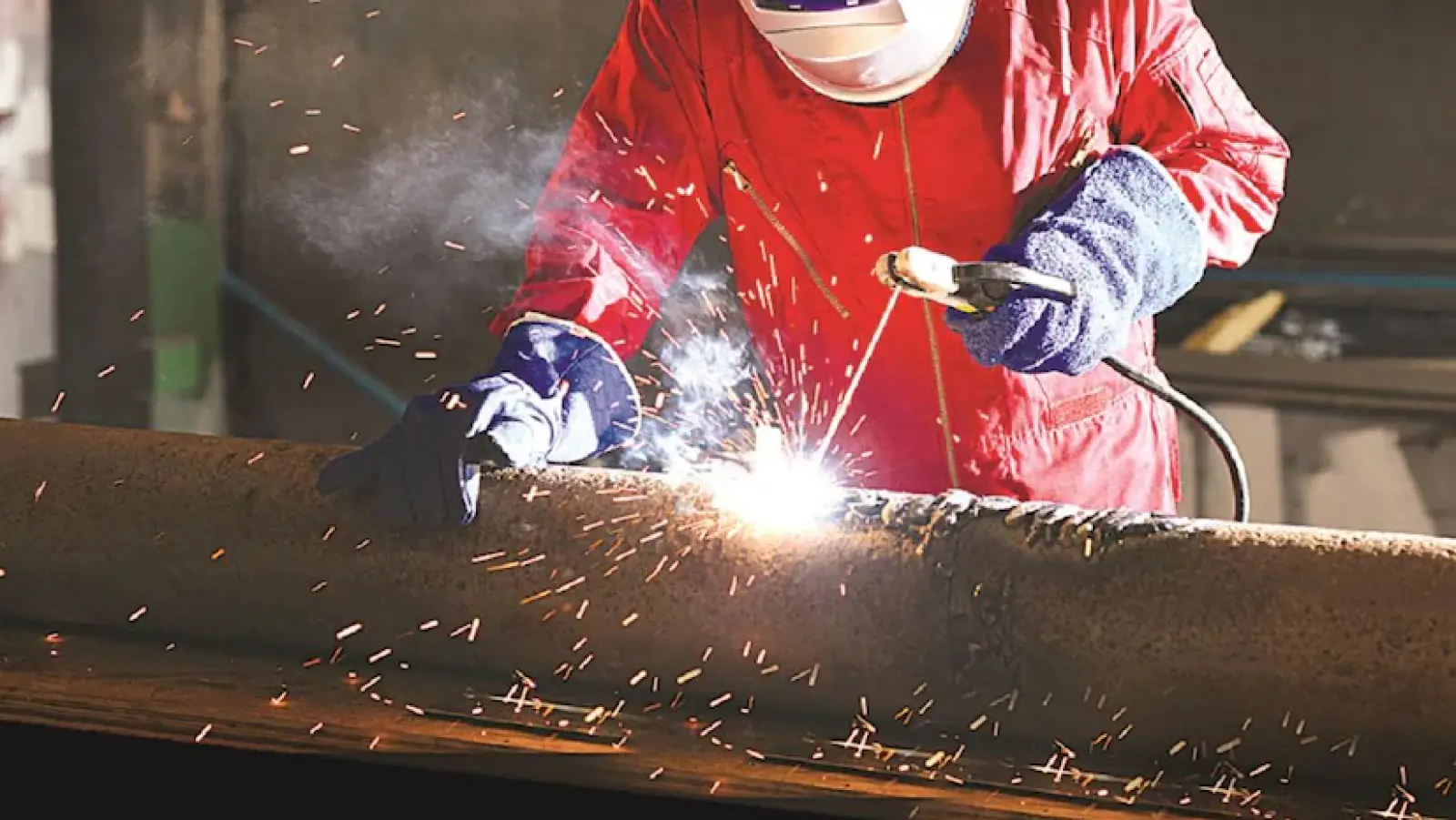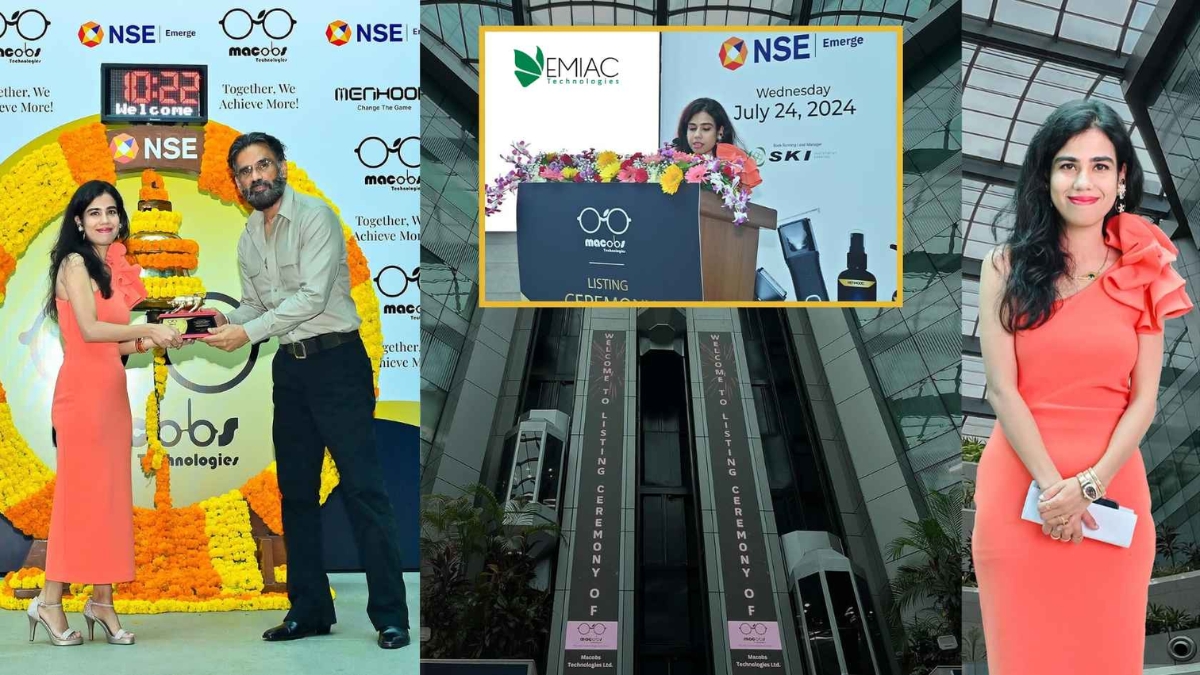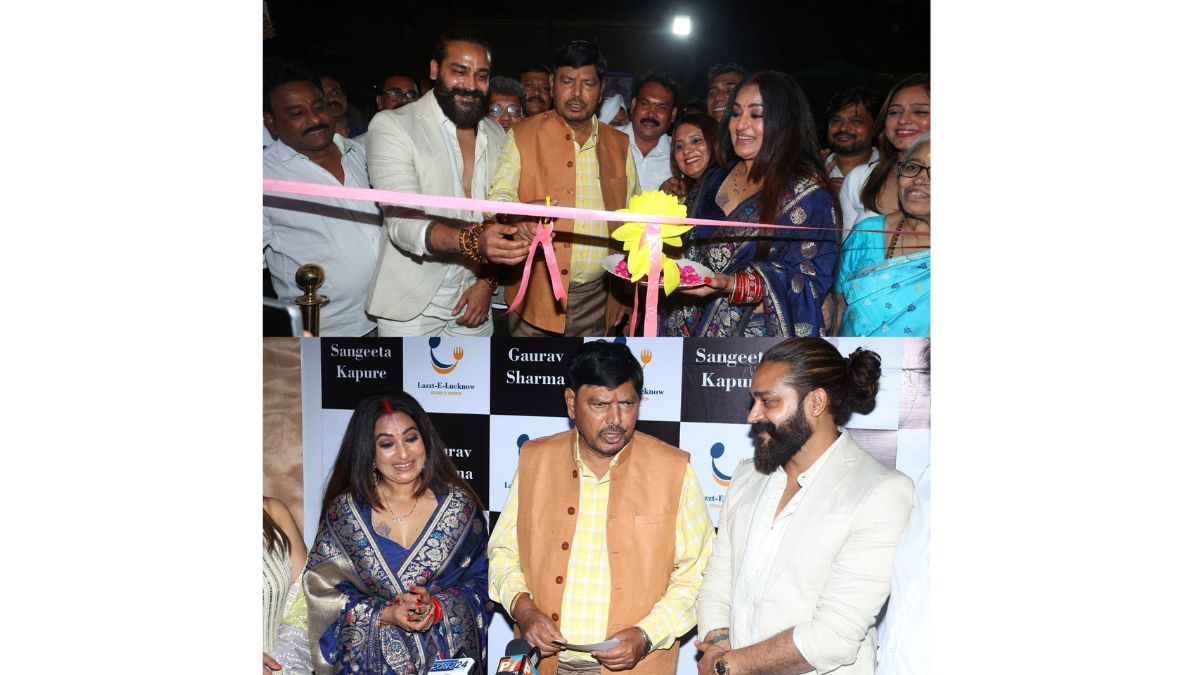Government will take these steps to strengthen the manufacturing sector for employment
Union Budget 2025: Finance Minister Nirmala Sitharaman emphasized various measures to increase employment in the budget presented on Saturday. She talked about making India a global hub in the toy business. Strengthening the manufacturing sector is necessary for employment. Keeping this in mind, an attempt has been made to increase employment and consumption by focusing on manufacturing.

If employment is to be increased, then manufacturing has to be done. That has been experienced in the budget for a second time. In the budget, items such as electronic goods, non-leather and leather shoes, toys, technical textiles, and such items have been included predominantly in the budget. Most significant in generating consumption in the presence of a decelerating growth pace in the economy and new jobs can be created at a single go through stimulation of the small sector.
Due to the new policy to discourage sales of Chinese goods through an increased level of duty in America, a strong possibility of exporting to America in toy and leather goods can occur. China exports $33 billion worth of toys and other games to America, and India's overall toy shipments in the last financial year amounted to $150 million alone.
Similarly, China exports footwear worth $12 billion annually to the US market, while India's total exports of leather and leather items are close to $5 billion. A focus product scheme for the footwear and leather sector has been announced in the budget, under which financial assistance will be given on things like designing, components, and machinery of these items.
A scheme has also been announced in the budget to make India a global hub of toy production. The government estimates that the footwear scheme will employ 22 lakh people and exports will increase by Rs 1.1 lakh crore. Changes have been made in the duty on raw materials related to electronics items and technical textiles in the budget.
Federation of Indian Export Organisations (FIO) chairman Ashwini Kumar said that there is an immediate opportunity to increase the export of these items to the US and we had demanded incentives for these sectors from the Finance Minister. This will increase our exports.
To increase the share of manufacturing in GDP, the government has also announced the establishment of a National Manufacturing Mission. Under this, the focus will be on things like making manufacturing easier and reducing costs, producing quality products, and providing technology.
Considering exports as the main pillar of the growth engine, the establishment of the Export Promotion Mission has also been announced in the budget. Under this, exporters will be provided loans and help in restoring facilities like manufacturing abroad. At the same time, the Commerce Ministry is also identifying those sectors in which India can become a major part of the global supply chain.
An increase in goods' exports will increase employment. In spite of a campaign for the last nine years under Make in India for industries' supporting industries, industries' contribution towards GDP hasn't ever increased over 15 percent. Production-linked incentives in 14 sectors have been announced in four years, but their impact can only be noticed in the pharma and electronic sectors.
In fact, with many forms of restrictions in obeying industrial laws, even production costs are high and cumbersome in their form. Thus, new entrepreneurs will not even dare to make an attempt to produce goods. Economic Survey, a day ago, stated creating about 80 lakh jobs a year. What is proposed in the budget is a step in that direction but its expansion will have to follow in future times.









































































